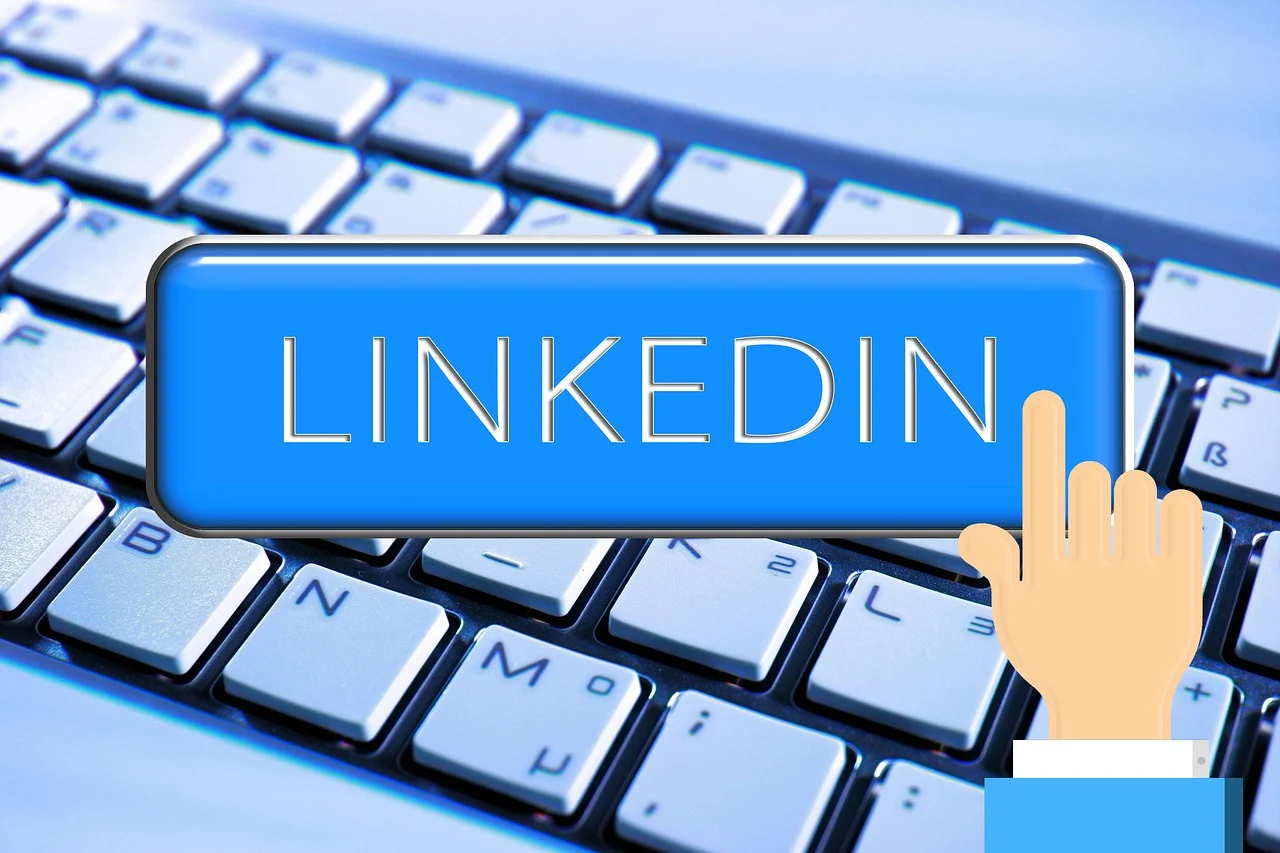
The Power of Storytelling in LinkedIn Posts: Tips and Examples
Iren
- 0
- 940
LinkedIn has become an essential platform for professional networking and content sharing. In recent years, there’s been a growing trend of using storytelling to create engaging and memorable content on the platform. This article will explore why storytelling is powerful for LinkedIn posts and provide actionable tips and examples to help you craft compelling stories that resonate with your professional network.
Understanding the Impact of Storytelling on LinkedIn

Why Storytelling Works on LinkedIn
Storytelling has a profound psychological and emotional impact on readers. It helps build trust, engages the audience, and makes content more memorable. On LinkedIn, where professionals seek to connect and share insights, storytelling can be particularly effective.
According to a study by LinkedIn, posts with personal stories receive 56% more engagement than those without. Additionally, content that includes a narrative structure is 22 times more likely to be remembered than facts alone.
For example, consider this successful LinkedIn post:
“Five years ago, I was rejected from my dream job. Today, I’m the CEO of that company. Here’s what I learned along the way…”
This opening immediately hooks the reader with a personal journey, promising valuable insights and a compelling narrative.
Types of Stories That Resonate on LinkedIn
Several types of stories work well on LinkedIn:
- Personal anecdotes
- Success stories
- Overcoming challenges
- Industry insights
When choosing a story type, consider your target audience and the message you want to convey. For instance, if you’re targeting young professionals, a story about overcoming early career challenges might be particularly effective.
Example: “My first day as a manager, I made a decision that cost the company $50,000. Here’s how I turned that mistake into a valuable lesson for my entire team…”
This story combines a personal anecdote with overcoming a challenge, making it relatable and instructive for other professionals.
Crafting Your Story for Maximum Impact

Structuring Your LinkedIn Story
A well-structured story is crucial for maintaining reader engagement. Use this simple framework:
- Compelling opening (hook)
- Relatable middle (build)
- Strong conclusion (payoff)
Tips for structure:
- Start with a surprising statement or question
- Build tension or curiosity throughout the middle
- End with a clear takeaway or call to action
Example of a well-structured LinkedIn story:
“Have you ever been the only person who didn’t get a promotion? (Hook)
That was me last year. I watched as my colleagues celebrated their new titles while I sat at my desk, wondering where I’d gone wrong. For weeks, I struggled with feelings of inadequacy and considered quitting. (Build)
But then I did something unconventional: I asked my boss for brutally honest feedback. What I learned changed my approach to work entirely. (Build)
One year later, I not only got the promotion but was named ‘Employee of the Year.’ Here are the three things I did differently… (Payoff)
- [Lesson 1]
- [Lesson 2]
- [Lesson 3]
What’s a piece of feedback that changed your career? Share in the comments!”
Writing with Authenticity and Emotion
Authenticity and emotion are key to connecting with your audience on a deeper level. Be genuine and don’t shy away from sharing personal experiences or feelings.
Tips for authentic writing:
- Use a conversational tone
- Share vulnerabilities and mistakes
- Avoid corporate jargon
Example of an authentic and emotional LinkedIn post:
“I cried in my car after a client meeting today. Not out of sadness, but out of sheer pride.
You see, this client was someone I’d been trying to land for two years. They always said our company was too small, too inexperienced.
But we kept innovating, kept improving, and kept showing up.
Today, they signed a contract that will double our business.
To every entrepreneur feeling discouraged: keep going. Your breakthrough might be just around the corner.
#Perseverance #Entrepreneurship #NeverGiveUp”
Leveraging Tools to Enhance Your Storytelling on LinkedIn
Utilizing AI and Content Creation Tools
AI and content creation tools can significantly enhance your LinkedIn storytelling efforts. These tools can help with writing, editing, and optimizing posts for maximum engagement.
Key tools for LinkedIn content creation:
| Tool | Features | Best Use Case | Pricing | User Rating |
| Jadve | AI-powered writing assistant, templates for various content types | Generating ideas and first drafts | free | 4.8/5 |
| Lately.ai | AI content repurposing, social media scheduling | Turning long-form content into multiple posts | Starts at $49/month | 4.6/5 |
| Grammarly | Grammar and style checking, tone adjustments | Polishing and refining your writing | Free, Premium at $12/month | 4.7/5 |
| Canva | Graphic design, templates for social media posts | Creating visuals to accompany your stories | Free, Pro at $12.99/month | 4.7/5 |
Example of how AI can transform a basic post:
Before (Basic Post): “I learned a lot at the marketing conference this weekend.”
After (AI-Enhanced Storytelling): “‘Fail fast, learn faster.’ These words from the keynote speaker at this weekend’s marketing conference hit me like a ton of bricks. For years, I’ve been paralyzed by the fear of making mistakes in my campaigns. But now I realize that those ‘mistakes’ are actually stepping stones to innovation. Here’s how I’m implementing this mindset in my team this week: [List 3 action items]
Have you had a similar epiphany that changed your approach to work? Share your story below!”
Incorporating Visuals and Multimedia
Visuals and multimedia elements can significantly enhance your LinkedIn stories. They can help break up text, illustrate key points, and increase overall engagement.
Tips for using visuals:
- Choose images that complement your story’s emotion or message
- Use infographics to present data or complex ideas
- Consider creating short video snippets to accompany your written posts
Example of effective visual storytelling on LinkedIn:
“[Image: A split-screen showing a cluttered desk on one side and an organized, minimalist desk on the other]
Left: My desk 6 months ago. Overwhelmed, unproductive, stressed. Right: My desk today. Focused, efficient, calm.
The difference? I implemented the ‘5S’ methodology from lean manufacturing into my daily work routine. Here’s how it transformed not just my desk, but my entire approach to work:
- Sort: [Brief explanation]
- Set in Order: [Brief explanation]
- Shine: [Brief explanation]
- Standardize: [Brief explanation]
- Sustain: [Brief explanation]
Swipe to see more before-and-after photos and learn how you can apply 5S to your work life.
#ProductivityHacks #WorkplaceEfficiency #PersonalDevelopment”
Engaging Your Audience Through Interactive Storytelling
Using Polls and Questions to Encourage Interaction
Interactive elements like polls and questions can significantly boost engagement on your LinkedIn posts. They invite your audience to participate in the story, sharing their own experiences and insights.
Tips for creating interactive content:
- Ask open-ended questions that encourage thoughtful responses
- Use polls to gather opinions on industry trends or common challenges
- Follow up on interesting comments to foster deeper discussions
Example of an interactive LinkedIn post:
“After 10 years in corporate, I took the leap into entrepreneurship. It’s been a rollercoaster, but I wouldn’t change it for the world.
What’s holding you back from pursuing your dreams?
[Poll] A) Fear of failure B) Financial stability C) Lack of skills/knowledge D) Comfortable in current role
Share your story in the comments. If you’ve made a similar leap, what advice would you give to others considering it?
#CareerChange #Entrepreneurship #TakeTheLeap”
Responding to Comments and Building Conversations
Engaging with your audience in the comments section is crucial for building deeper connections and encouraging more interaction on your posts.
Best practices for managing comments:
- Respond promptly to keep the conversation active
- Ask follow-up questions to dive deeper into interesting points
- Acknowledge and respect diverse perspectives
- Use comments as inspiration for future content
Example of effective comment engagement:
Original Post: “Today marks 5 years since I started my own business. Here are 5 lessons I’ve learned…”
Comment: “Congratulations! I’m considering starting my own business too. What was the biggest challenge you faced in your first year?”
Author’s Response: “Great question, [Name]! The biggest challenge in my first year was definitely managing cash flow. I had to learn quickly about forecasting, negotiating payment terms with clients, and building a financial buffer. What area of starting a business are you most concerned about? I’d be happy to share more specific insights if it would be helpful.”
Measuring the Success of Your Storytelling Efforts

Key Metrics to Track on LinkedIn
To measure the effectiveness of your storytelling on LinkedIn, focus on these key metrics:
| Metric | Definition | Importance | How to Improve |
| Engagement Rate | (Likes + Comments + Shares) / Impressions | Indicates how compelling your content is | Experiment with different story types and formats |
| Shares | Number of times your post was shared | Shows the virality of your content | Create more shareable content with universal appeal |
| Comments | Number of comments on your post | Indicates how thought-provoking your content is | Ask questions and encourage discussion in your posts |
| Follower Growth | Increase in followers over time | Shows overall account growth and reach | Consistently post high-quality, engaging content |
Use LinkedIn Analytics to track these metrics. Third-party tools like Hootsuite or Sprout Social can provide additional insights and make tracking easier across multiple platforms.
Adjusting Your Storytelling Strategy Based on Data
Regularly analyze your post performance and adjust your strategy accordingly. Here are some steps to refine your approach:
- Identify patterns in your top-performing posts
- Experiment with different story types and formats
- Test posting at different times and frequencies
- Analyze audience demographics and tailor content accordingly
Example of strategy adjustment:
“After analyzing my LinkedIn data, I noticed that my ‘behind-the-scenes’ stories about running a startup consistently outperformed my industry news updates. I decided to shift my content strategy to focus more on personal anecdotes and lessons learned.
Result: My average engagement rate increased by 45% over the next month, and I gained 500 new followers who were specifically interested in entrepreneurship content.”
Conclusion
Storytelling is a powerful tool for creating impactful LinkedIn posts that engage and connect with your professional audience. By understanding the types of stories that resonate, structuring your narratives effectively, leveraging tools and visuals, encouraging interaction, and continuously refining your approach based on data, you can significantly enhance your LinkedIn presence.
Start incorporating these storytelling techniques into your LinkedIn strategy today. Experiment with different approaches, be authentic in your sharing, and don’t be afraid to show some vulnerability. Remember, every professional has a unique story to tell – yours might be exactly what someone in your network needs to hear.
What story will you share on LinkedIn today?



